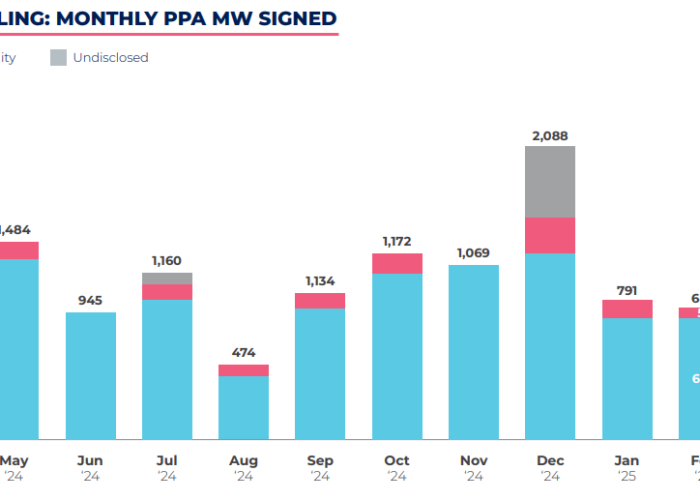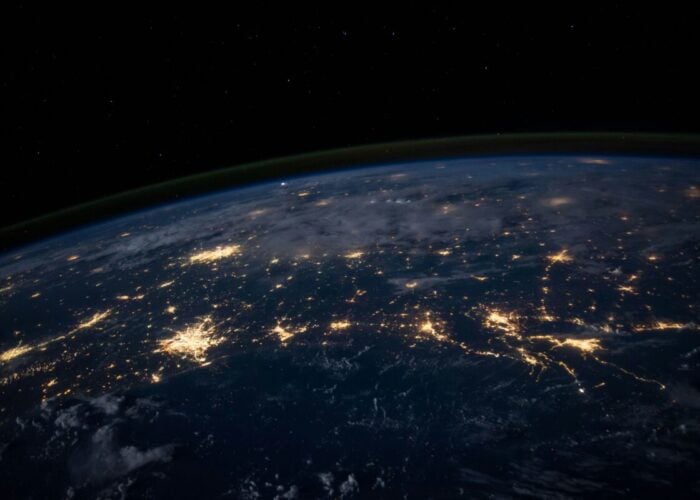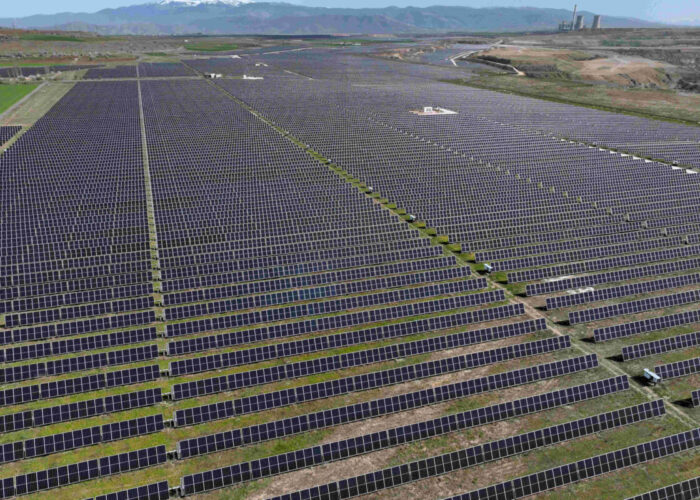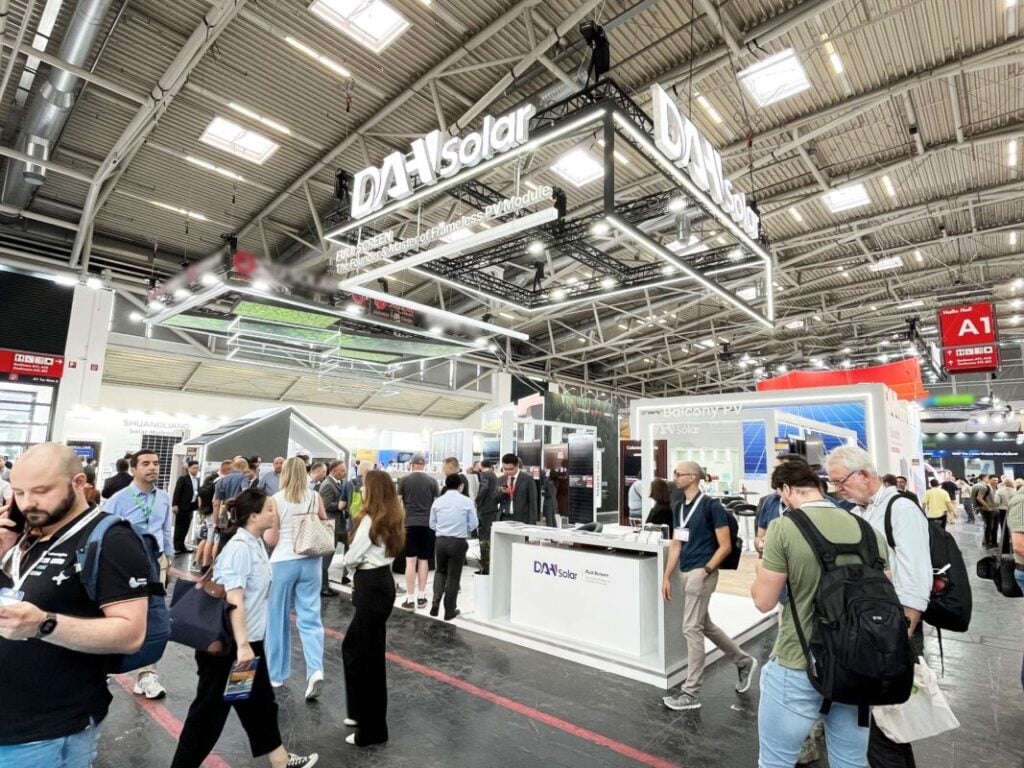
As solar PV continues to expand globally, projects are increasingly being built in areas with harsher climates, prone to more adverse and frequent weather events. Technological enhancements – from solar trackers to modules – have also seen an increase in the past few years, with more companies looking to offer products able to withstand extreme climatic conditions.
Earlier this year, DAH Solar launched its latest Full-Screen PV module, based on a frameless Full-Screen double-glass design. PV Tech spoke with company CEO William Xie about the latest product, the company’s plans regarding the European market and how balcony PV seems to be a relatively untapped segment in the region.
Unlock unlimited access for 12 whole months of distinctive global analysis
Photovoltaics International is now included.
- Regular insight and analysis of the industry’s biggest developments
- In-depth interviews with the industry’s leading figures
- Unlimited digital access to the PV Tech Power journal catalogue
- Unlimited digital access to the Photovoltaics International journal catalogue
- Access to more than 1,000 technical papers
- Discounts on Solar Media’s portfolio of events, in-person and virtual
Or continue reading this article for free
PV Tech: You launched a frameless Full-Screen double-glass PV module onto the market this year. Could you explain the specifics of that new product and what sets it apart from the competition?
William Xie: DAH Solar officially launched the globally patented full-screen PV module back in 2021 and has since received extremely positive feedback from customers around the world. To date, the number of power stations deploying the product exceeds 10,000. There are numerous other companies in the industry who have followed us in launching products which are similar to our full-screen module but, as the founder of the innovation, we always maintain a unique advantage in the field of full-screen technology research and development.
This year, DAH Solar has once again expanded its full-screen product line, bringing a brand new full-screen double-glass module to market, the first in the industry to have no frames on all four front sides. The module has a remarkably high bifaciality rate of 85% and, with its superimposed full-screen, no frame feature, it can effectively avoid a series of problems caused by accumulation of dirt. Raindrops on the surface can wash away sand and dust and snow can also slide down and melt more quickly. Its power and conversion efficiency are also higher than that of regular double-glass modules per unit area.
Empirical data shows that the average annual power generation gain delivered by the full-screen module is between 6-15%. The double glass feature has the characteristics of anti-hidden cracking, anti-acid and alkali, anti-salt spray, anti-water vapour, anti-UV, anti-PID and stronger resistance to adverse weather. The adoption of both dual-glass and full-screen technology gives the module even more advantages in extreme installation environments with complex terrain.
Which markets are you targeting with the module? Would it allow DAH Solar to enter new markets in MENA and Latin America, for example? Perhaps even markets such as Canada and the Nordic countries, where solar PV does not to date have a high penetration?
The new module has a wide range of application scenarios, with excellent weather resistance and power generation gain. It shows great advantages in extreme climates and complex terrain installation environments such as the Gobi desert. For high-latitude regions such as Canada and Northern Europe, winter is long and snowfall heavy. The impact of snow is one of the most important factors restricting the application of PV in these regions. The front of the full-screen module has no border barrier, thus allowing snow to slide off quickly, which can reduce the power generation loss caused by its accumulation.
What are DAH Solar’s plans for the European market? Are there any countries that the company is particularly interested in and why?
With an installed capacity of 55.9GW in 2023, an increase of 35% compared to 2022, Europe is the world’s second-largest PV market after China. Europe has always been a market of great interest for DAH Solar. We have a European warehouse in Rotterdam, and last year we set up a European branch in Frankfurt, committed to providing better services for European customers.

The company has so far achieved positive results in Germany, Austria, Italy and Poland, where customers have shown a high regard for both our full-screen and SolarUnit products. We have also secured carbon footprint certification in April of this year, and plan to increase investment in utility markets such as France and Spain in the future.
Are there any products the company is currently developing that are dedicated to the European market or would be best suited to that market?
Europe is the traditional high-end market for global PV, and European customers have high requirements in terms of technology and aesthetics. Our recently launched DBB all-black full-screen module combines both high efficiency and superior aesthetics. For our DBB modules, the 0BB (zero-busbar) process used for cells cancelled the printed busbar.
In addition, the module adopts IFC (integrated laminating) technology to crimp the ribbon on the front and back of the cell through a one-time direct lamination to perform serial connection, further improving the resistance of the module to hidden cracks. The module is also equipped with full-screen technology. As explained earlier, with no frames on the four front sides, power generation losses caused by water, ash accumulation and other obstructions can be avoided. The application of dual innovative technologies enables the full-screen DBB series module to achieve higher efficiency, higher generation and higher reliability.
For the special needs of certain European markets, we have also launched full-screen coloured modules this year. The coloured modules use a high temperature glazing process and multiple colours can be customized. At a range of -40℃~85℃ and with stable weather resistance, colour can be maintained for 30 years. The European residential energy storage market is also developing, of course.
Balcony PV still seems to be a relatively untapped market in Europe, despite increased interest in such a solution. What are DAH Solar’s plans for that segment and the SolarUnit product within the distributed landscape?
Balcony PV is easy to install, the market potential is huge and suitable for large-scale promotion. We believe that Europe is the largest market for balcony solar, accounting for more than 40% of the global market share. Currently, thanks to policy support, the balcony PV market in Germany and Austria is hot, with interest from some countries in Eastern Europe also gradually rising.
SolarUnit is an integrated PV system. While other standard PV products have somewhat cumbersome steps in the system selection process, SolarUnit modules and inverters are matched at the factory, adopting all-in-one independent distribution packaging. Distributors do not need to carry out secondary packaging and shipment can be carried out directly, significantly reducing costs. Each component of the SolarUnit solution runs independently of the other and, with full plug-out connection, a single system can be installed in four steps, which can meet various personalised and customised design requirements in different installation scenarios. In addition to balcony PV, SolarUnit is also suitable for household roofs, sunrooms, building curtain walls and landscape corridors.
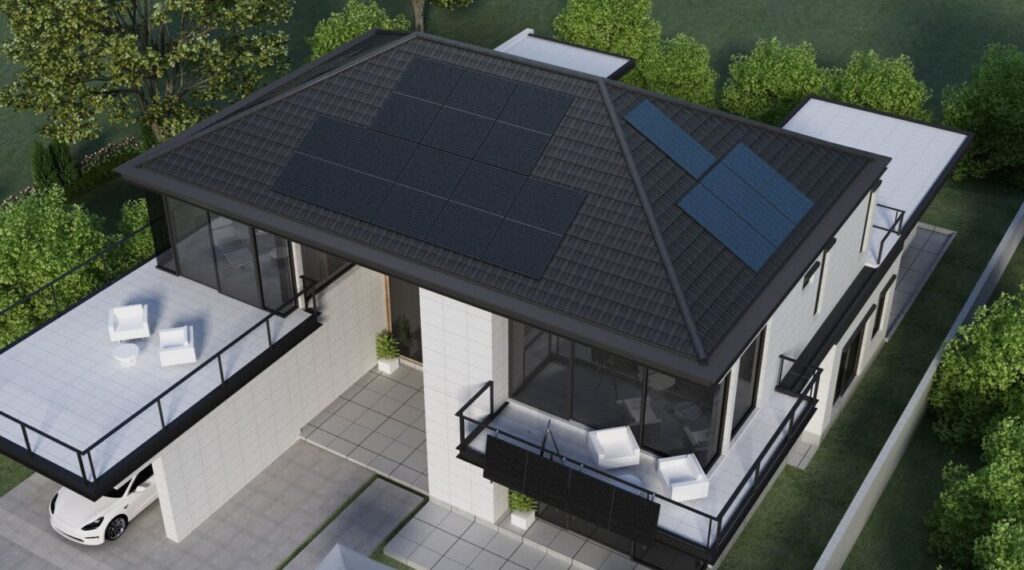
The company is also about to launch new energy storage products, which will be compatible with all mainstream low-voltage system inverters on the market, and can be widely used in multiple scenarios such as household green power and small C&I distributed power stations.


